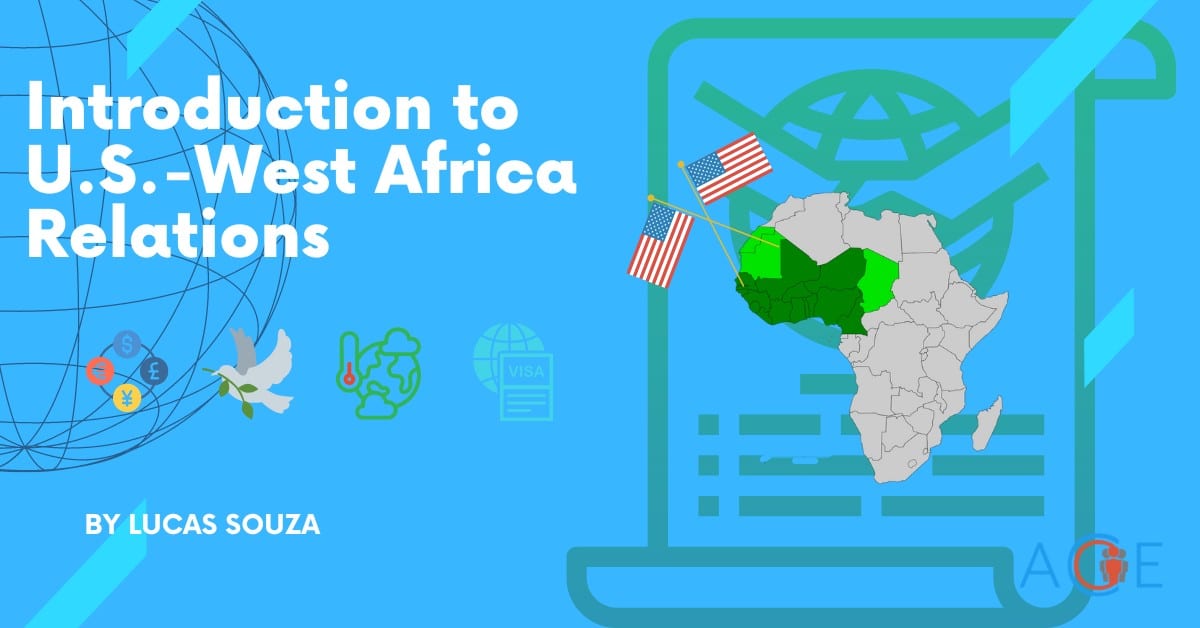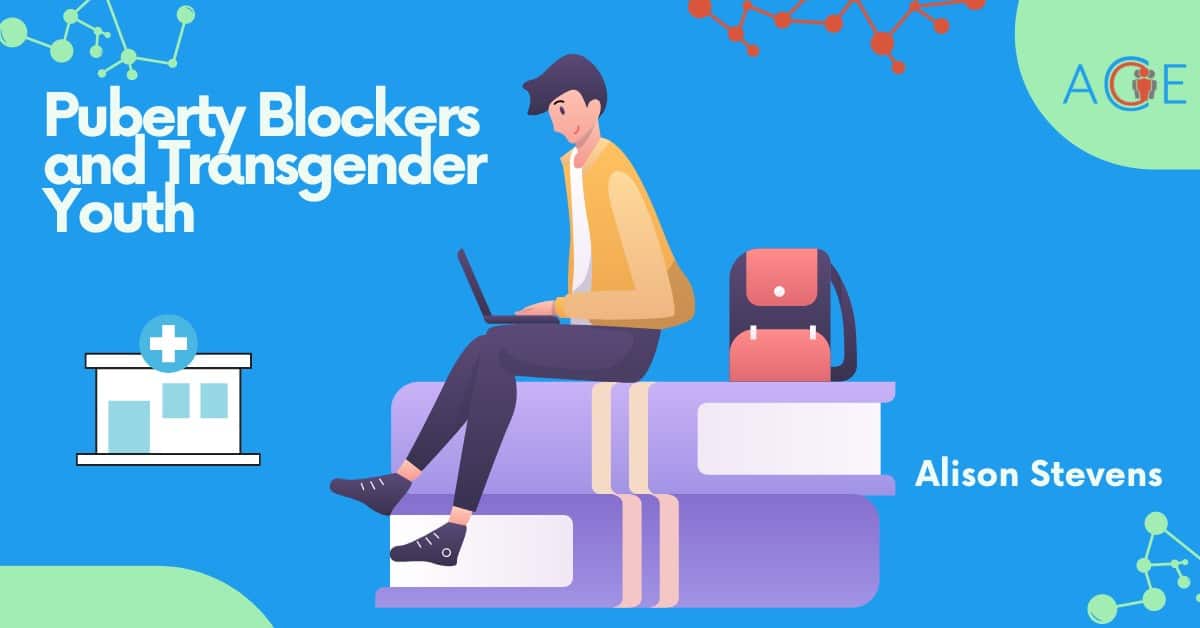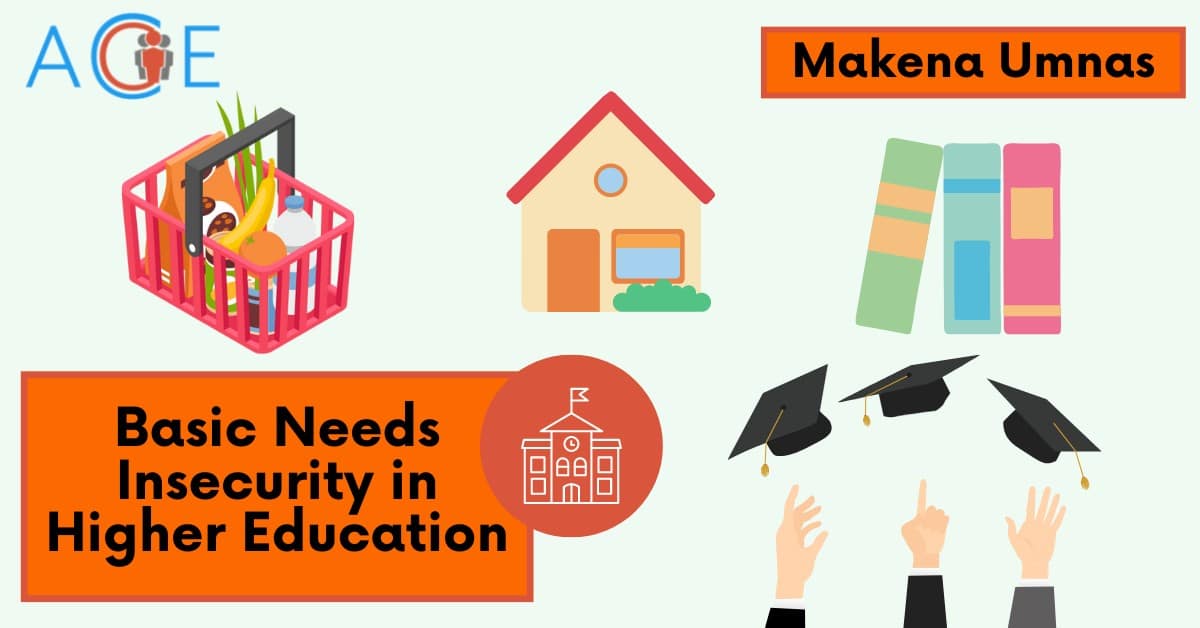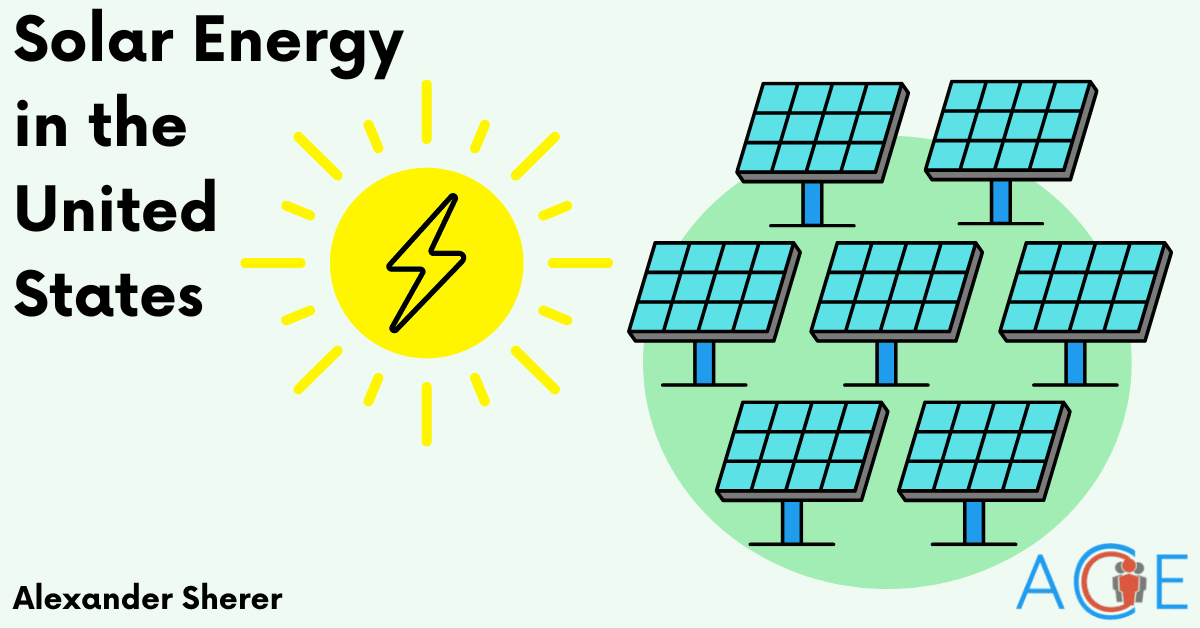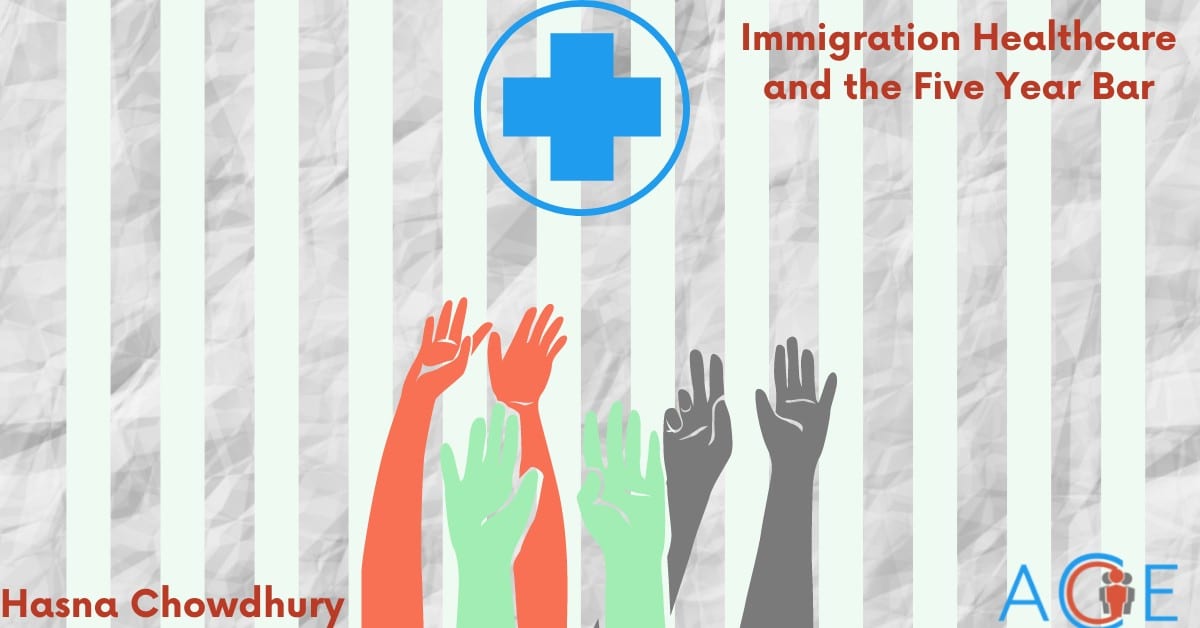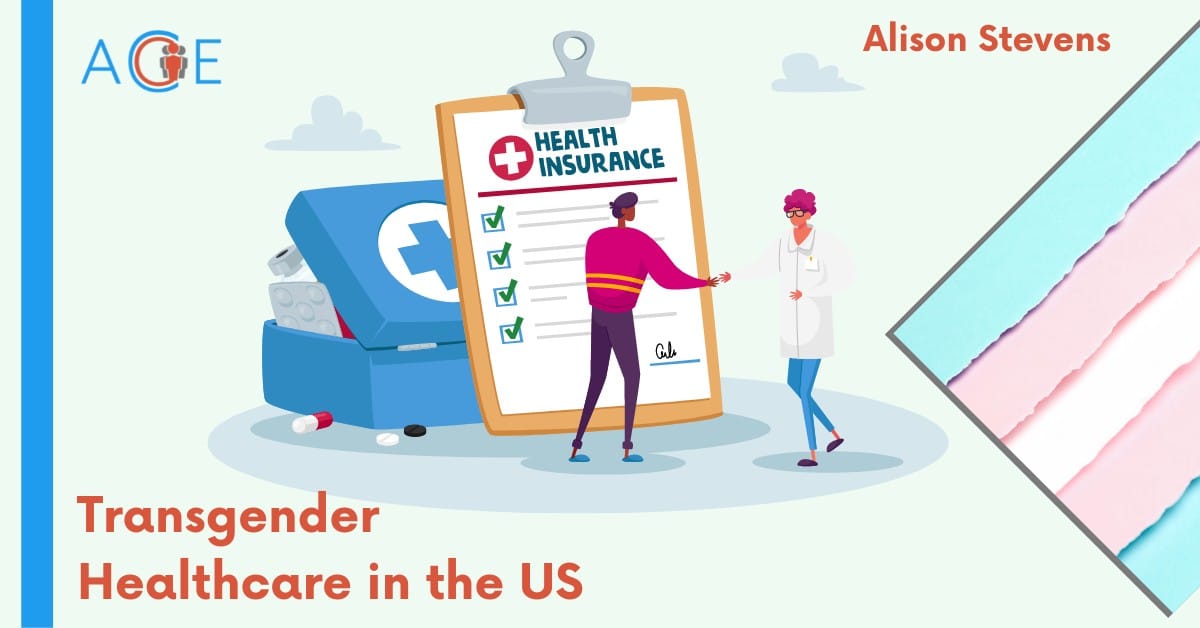Transgender youth in America
Transgender is an umbrella term used to refer to individuals whose gender identity does not align with the sex they were assigned at birth. Over 1.6 million people identify as transgender in the United States, with nearly 1 in 5 falling between the ages of 13 and 17. About 300,000 youth identify as transgender, making up about 1.4% of Americans within that age range. The age of coming out varies greatly; sometimes young children identify as transgender; other times people do not come forward or even understand themselves to be transgender until later adolescance or adulthood.
What are puberty blockers?
Many transgender youth experience discomfort in their body at the onset of puberty because the development of secondary sex features such as breasts, facial hair, penis growth, etc, is at odds with their gender identity. This can lead to a form of psychological distress called gender dysphoria.
Puberty blockers are medications that young gender divergent individuals can take to temporarily suppress the release of sex hormones and therefore the effects of puberty. They are used to give young people more time to make a decision about transitioning and to prevent the irreversible effects of puberty that are causing the patient distress. If someone stops taking the medication, the release of hormones and normal development of secondary sex characteristics will resume. Taking them early is seen as important because, unlike puberty blockers, the effects of puberty itself are permanent.
There are two main categories of puberty blockers:
- Lueprolide acetate: an injectable shot taken every 1-6 months.
- Histreline acetate: a flexible rod inserted under the skin of the arm and lasting for 1 year.
Timeline of Youth Transition
Puberty blockers are not taken in isolation; they are prescribed at a certain period of development and in the context of other types of transition.
- Pre-puberty: Social Transition
- Using the child’s preferred pronouns as well as outside signifiers such as dress and hairstyle to affirm the gender with which they identify. Does not involve any medical intervention.
- Puberty: Puberty blockers
- Best taken at the onset of puberty, but can still be effective if taken at later stages.
- Late adolescence: Gender-Affirming Hormone Therapy
- Traditionally, the minimum age for GAHT is 16 but recent guidelines are more flexible. Once necessary criteria are met, doctors and patients can decide whether the treatment is appropriate.
- Adulthood: Gender Affirming Surgery
- Surgery can only be performed on adults (with the exception of breast reduction surgery, which is also sanctioned for cisgender minors who have parental permission).
- Note: A significant number of transgender individuals never get any surgery. For some, puberty suppression may reduce that need.
Political context
As of July 2022, at least 22 state bills have been introduced that would ban the use of puberty blockers as well as other forms of medical treatment for minors with gender dysphoria. Bypassing the legislature, the Texas Attorney General also declared medical treatments for gender dysphoria, including puberty blockers, to be child abuse and grounds for children to be taken from their parents. The order is currently being challenged in court.
As a result of state actions, over 45,000 youth 13 years and older may lose access to gender-affirming health care options. Major medical organizations, including the American Psychological Association and the American Academy of Pediatrics, oppose these restrictions.
The Intersex Exception
It is noteworthy that the Texas order as well as all 22 bills specifically carve out exceptions for performing such treatments on intersex children. While transgender youth are individuals who identify with a gender that differs from the sex they were assigned at birth, intersex children are born with a combination of chromosomes, genitalia, and hormone levels that mean they do not fit neatly into our understanding of either male or female. The choice to allow actual surgical procedures to be performed on intersex children with no age limit belies the expressed concern about the safety and appropriateness of such procedures being performed on minors.
Many intersex advocates have decried the common practice of performing irreversible procedures on intersex infants and young children. Yet these bills explicitly deny any such protection. As a result, they do not protect children from irreversible medical interventions being done before they are able to consent, but rather limits their use to instances in which they reinforce a binary biological sex- even if that changes a child’s natural biology without their consent.
The politicians and advocates working on these initiatives allege that puberty blockers are:
- Not FDA approved
- Irreversible
- Impact large numbers of children who change their mind later
- Have adverse impacts on mental health, bone health, and brain development.
The allegations and science will be discussed in detail below.
The Science
Are puberty blockers FDA approved?
In 1993, puberty blockers were approved by the US Food and Drug Administration for the treatment of precocious puberty, a condition in which young children begin to develop sexually mature features before the age of 9. They are also approved to treat endometriosis and prostate cancer in adults. The FDA has not officially expanded this to include treatment for gender-affirming care, as research of this population is ongoing. That is in great part because drug companies have not performed the necessary studies to receive FDA approval. Combined with how small a population it is, this is not surprising because drug companies are reluctant to perform trials on children. For this reason, pediatricians frequently prescribe medications that have not been officially approved for minors. Despite the FDA not having officially approved puberty blockers for the treatment of gender dysphoria, they are commonly used for this purpose and seen as safe by the medical professionals who prescribe them.
Are puberty blockers really reversible?
All available evidence indicates that puberty blockers are fully reversible. For example, girls treated for precocious puberty are, once they stop taking the medication, able to resume normal puberty within 6 months and give birth in adulthood. Expert consensus from the Endocrine Society and the World Professional Association for Transgender Health is that this is also true for transgender youth.
The idea that puberty blockers are irreversible is due in part to the conflation of puberty blockers with Gender-Affirming Hormone Therapy (GAHT), which are medications that older adolescents and adults take. Puberty blockers hit ‘pause’ on both testosterone and estrogen production, thereby delaying the development of secondary sex characteristics. In contrast, GAHT actually introduces hormones into the system in order to induce feminine or masculine development. Because of this, GAHT is not entirely reversible and comes with different side-effects, including possible sterilization. Traditionally, the minimum age for GAHT is 16. However, recent guidelines focus more on whether the patient meets the necessary criteria, even if they are a year or two younger.
If there are legitimate concerns that the patient is not ready to add GAHT or that they do not yet have sufficient capacity to give informed consent, puberty blockers are an effective way to give the young person more time to decide. This is helpful if someone changes their mind and decides to ‘detransition’ to the gender that aligns with the sex they were assigned at birth. However, this is a small number, as research shows that few transgender youth change their mind.
Rate of ‘Detransition’
Earlier studies that bills cite as evidence of high detransition rates have been criticized by experts for two key weaknesses: 1) they include significant numbers of children who never identified as transgender but were brought to doctors by concerned parents because they were gender-nonconforming (e.g. “effeminate” boys); and 2) the children that did want to transition were discouraged from doing so by parents and doctors
More recent studies select only children who self-identify as transgender and try to control for the level of parental support in transitioning. A 2022 study followed 317 initially transgender youth who socially transitioned to find whether they had changed their mind 5 years later. It found that 97.5% of youth still identified as transgender, with only 2.5% ultimately changing their minds. The latter group frequently began to socially transition before the age of 6 and often detransitioned before the age of 10. By the end of the study, 60% of participants had begun puberty blockers or hormones; of that group only one detransitioned.
Impact on mental health
The study frequently cited as showing increased risk of suicide due to puberty blockers did not examine transgender youth who took puberty blockers. Instead, it looked at overall youth suicide rates in states with easier access to such treatment and compared them to suicide rates in states with more restricted access.
Studies that focus on the relevant population find different results. Results show that access to puberty blockers and hormone treatments are associated with a 40% – 73% decrease in depression and suicide for gender nonconforming youth when compared to control groups of young people who wanted those treatments but could not get them. A 2022 study found that the control group’s risk of suicidal thoughts and depression doubled or tripled at three and six months into the study. The onset of puberty has been identified as an especially vulnerable time for transgender youth as they are at an elevated risk of self-harm because their bodies’ development exacerbates gender dysphoria.
It is also noteworthy that the use of puberty blockers in combination with hormone treatments can result in a more masculine or feminine appearance for binary transgender individuals that not only affirms their internal identity, but also reduces the likelihood of transgender discrimination, which has been associated with harm to mental health.
On the opposite end of the spectrum, gender identity conversion efforts (actions by a professional taken to force a self-identified transgender person to be cisgender) are linked to significant increases in lifelong suicide attempts in adulthood.
Side Effects and Risks
No medication is entirely without risk. So, what do we know about the potential side effects of puberty blockers?
Standard:
Known side effects may include hot flashes, fatigue, and mood swings, comparable to other commonly prescribed medications.
May reduce options for future surgery
Puberty blockers may impact those who end up pursuing feminizing gender-confirmation surgery (GCS) in adulthood. Surgery and desirability rates show that this is relevant for approximately half of transgender women and about 10% of nonbinary people assigned male at birth.
- The most common type of feminizing “bottom surgery” used is penile inversion vaginoplasty. This uses tissue from the penis and testes to construct a vagina. Because puberty blockers halt development of male sexual organs, patients are likely to need the alternative option.
- Intestinal or sigmoid vaginoplasty requires abdominal surgery in order to take tissue from the colon or omentum instead. This is the same type of surgery also used for cisgender women who have had a vaginectomy as a result of vaginal cancer, as well as those born without a vagina due to vaginal agenesis. While the surgery is more invasive, current research suggests that it is a reliable alternative and does not have increased complications at follow-up.
Bone Density
Several studies indicate that transgender children who take puberty blockers tend to have below-average bone mineral density. For this reason, the Endocrine Society recommends that once puberty blockers are prescribed bone density should be regularly monitored by doctors. In addition, if a patient has been taking puberty blockers for years by the time they turn 16, then it may be time to either stop taking puberty blockers or to begin hormone therapy, either of which may then mineralize the bone. In light of this recommendation, the Arizona bill passed in February is noteworthy as it did not outlaw puberty blockers but does ban treatments that are “irreversible” – including Gender-Affirmation Hormone Treatments.
Brain Development
There appears to be no evidence for the claim that puberty blockers adversely impact brain development in humans. A study cited as showing a decrease in spatial reasoning was done on sheep; a 2015 study found that puberty blockers did not appear to impact executive functioning in humans.
Expert Guidelines
It is important to note that not all transgender youth are diagnosed with gender dysphoria—and not all people who are diagnosed with dysphoria choose to get medical treatment. However, many young people in the US do experience distress and need medical intervention.
There is a hunger for more data, but based on the current science experts consider puberty blockers to be safe for short-term use in adolescents, including for the treatment of gender dysphoria. The American Academy of Pediatrics recommends that pediatric providers use a gender-affirmative care model that is centered on understanding and appreciating a patient’s gender experience in a developmentally appropriate way. The Endocrine Society has published accessible patient resources as well as the clinical guidelines that set the standard of care for the safe and responsible use of puberty blockers in gender divergent youth. This may involve an evaluation with a mental health provider with experience in gender identity, a diagnosis of gender dysphoria, and assistance with social transitioning. Fact-based discussions between doctors and patients about risks, side-effects, and the potential benefits are key. Because many (although not all) youth who take puberty suppressors go on to receive gender-affirming hormone treatments, which may impact the ability to have children, doctors should go over options for fertility preservation with patients prior to starting suppressors.
The Endocrine Society and WPATH SOC recommend that puberty blockers not be used until the onset of puberty. Until that point, transition should be social but not medical. Patients should meet certain qualifications before suppressors are prescribed. Namely:
- Diagnosed with gender dysphoria by a qualified mental health provider;
- Gender dysphoria worsens with the onset of puberty.
Experts also recommend that once someone begins taking puberty suppressors they get lab work done regularly to monitor:
- Height and weight
- Bone health
- Hormone and vitamin levels
There is a consensus that when done responsibly, puberty blockers and subsequent gender-affirming treatments can be greatly beneficial for transgender and nonbinary youth. A groundbreaking long-term retrospective case-study of a patient who received puberty suppressors in childhood was published in 2011. 22 years after initial assessment, the patient still identified as transgender and had undergone surgery. Their anthropomorphic, endocrine, and bone density tests were normal and they were functioning well psychologically, socially, and intellectually.
